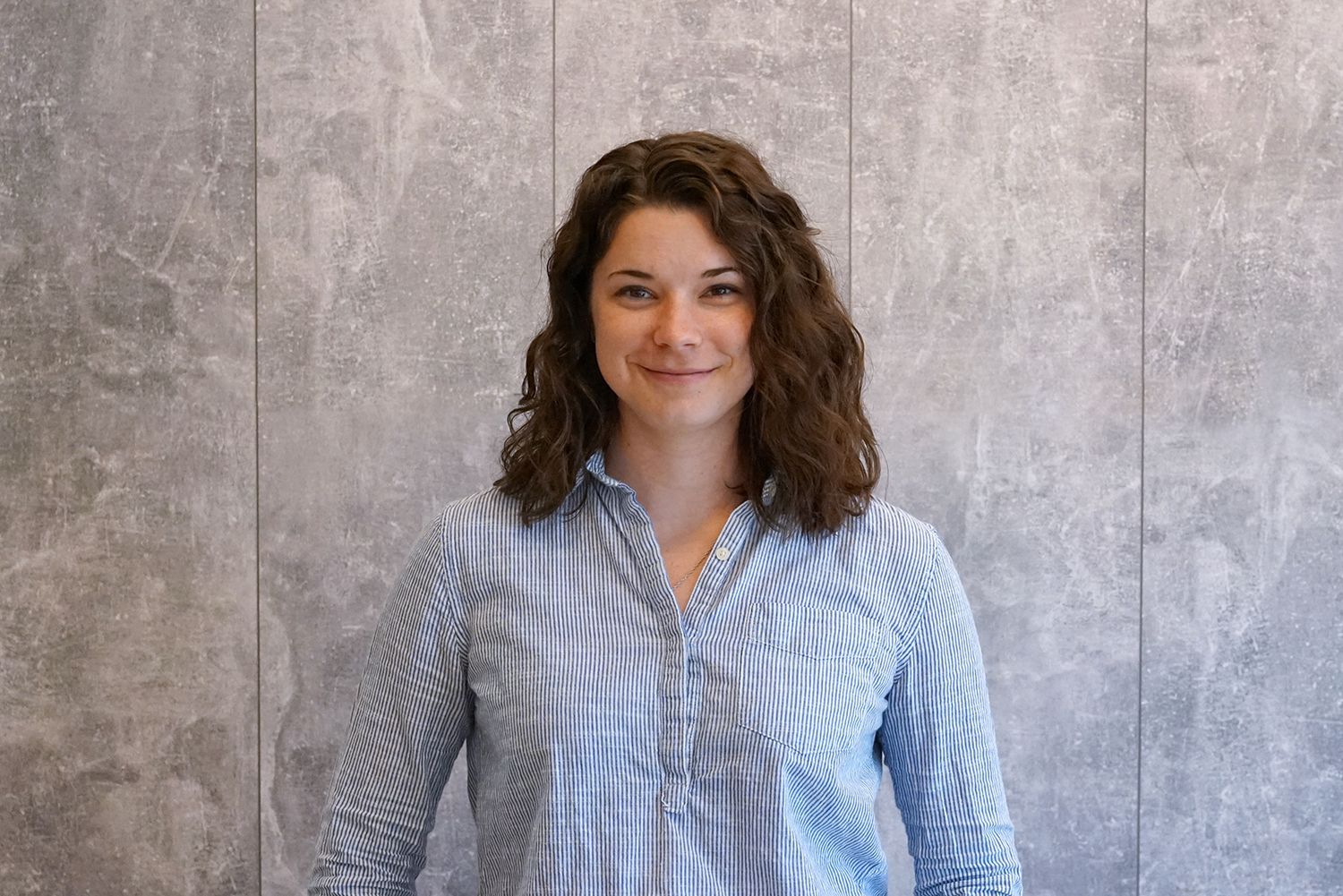Meet Andrew Turner, AIA

Andrew has always had a passion for creating things from artwork and furniture to entire buildings. Solving problems with fun and elegant solutions is what makes every project fresh for him, not to mention the constant pursuit of knowledge to make the next thing better than the last. With experience in a variety of project types, including healthcare, aviation, education, and non-profits, Andrew balances his attention to detail with big-picture thinking to create designs that improve lives.
Read more about how he brings an artistic eye to his technical work.
Why architecture?
Growing up, I was always in some sort of art class, and ultimately started taking drafting classes and doing 3D renderings in high school. I was originally planning to study computer animation and renderings in college. I have always been a very literal artist, preferring to understand what art is trying to convey or the technical aspects of how it comes together, rather than abstraction. I also really enjoy making and building things, so architecture felt like a natural fit.
How does your background in art show up in your project work?
When you study art, you learn about proportion, shading and color. You start to understand how things fit together in space, especially when you go from 2D sketches to 3D artwork. I find that drawing a design reinforces my ability to fully visualize what that design could be, so I always try to integrate that into my process. When you have something drawn by hand, it feels more approachable and less final which helps spur conversation. You can show your point rather than trying to communicate it verbally and are more focused on the possibilities. Sketching also helps me from getting ahead of myself at various stages of design and keeps me creative.
What do you enjoy most about your projects?
It’s about the people for me – the team, the client, the users. I really appreciate how Shepley puts client needs first. Rather than coming into the project with a solution or a design, we take the time to understand what each client needs and what they are trying to achieve first.
Every project is so different. In the last year, I’ve been working on two different cancer centers. Despite serving the same populations and providing similar treatment practices, the projects could not be more different. The finishes, the program, the clinicians’ needs, and the technologies – it all varies so much from client to client. That’s what makes it exciting – you get to immerse yourself in new mindsets and problem-solve for new needs even if the modalities are similar.
What do you envision for the future, both for yourself and for the industry?
I’d like to be able to take what I’ve learned to help mentor others. When I came out of school, I had a lot of experience in the industry, so I often thought I knew everything when really, I had so much more to learn. I’ve been very fortunate to work with architects who are open to listening and mentoring, and who pull people in to help them understand the process better. That’s been a huge influence on my growth as an architect and has inspired me to keep asking questions and learning, so I’d like to be more intentional about that for others.
As an industry, I’m excited to see how we normalize innovations more quickly. Sustainability, for example, was viewed as an “extra” when I first started designing whereas now it’s being built into codes and becoming more commonplace, though we still have significant work to do. With technology changing how we design and document, who knows what we’ll be able to achieve in the next five, ten, twenty years?





